1. Poverty as a problem is too big to address.
Just because it’s a big problem doesn’t mean it can’t be solved. Over the past few decades, huge improvements could be made. For the first time, the percentage of the global population living in extreme poverty fell below 10 percent in 2015. Even though 702 million people living in these circumstances are still 702 million too many, it represents a great improvement when compared to the 1.9 billion people living in extreme poverty in 1990. More and more people are getting access to clean drinking water, the number of underweight children is shrinking and women are increasingly represented in parliaments all around the world. You want to read about more great wins in the fight against poverty? Check out The Borgen Project’s list of good news here.
Anyway, according to the UN Food and Agricultural Organization, $30 billion a year is needed to end global hunger. Sounds like a lot of money? Well, then look at this number: US Congress spends around $737 billion per year on defense. Even military officers are calling on Congress to increase the budget dedicated to reduce global poverty.
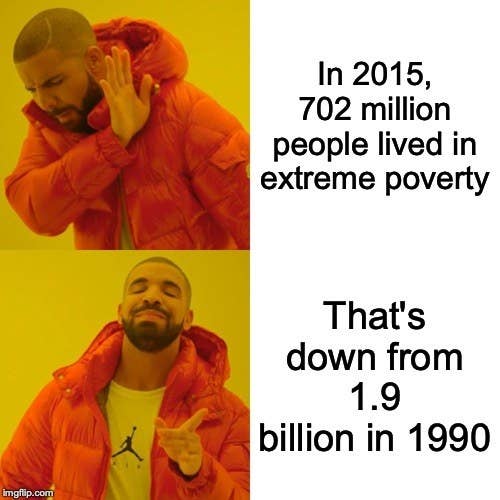
2. Poor countries are corrupt, so foreign aid does not reach the ones who need it.
The US meticulously monitors where its aid spending is going and even set up a program, the Millennium Challenge Account, to urge countries to address corruption and transparency issues before they are eligible to receive aid. These and other strategies ensure that assistance actually gets to the ones who need it the most.
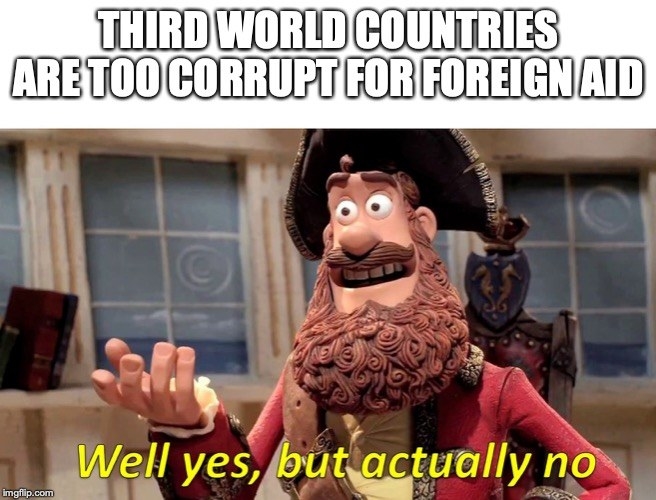
3. The USA does enough already.
Chances are, you think that roughly 20 percent of the Federal Budget is allocated to foreign aid. Right? Well, you’ll be surprised to hear that in reality only 0.2 percent of the US GNI goes towards improving the living conditions of the world’s poor while it should be at least 0.7 percent, as agreed by the world’s richest countries in 1970. Other countries, like Norway, Denmark or Luxembourg are leading by example, and the USA should follow!
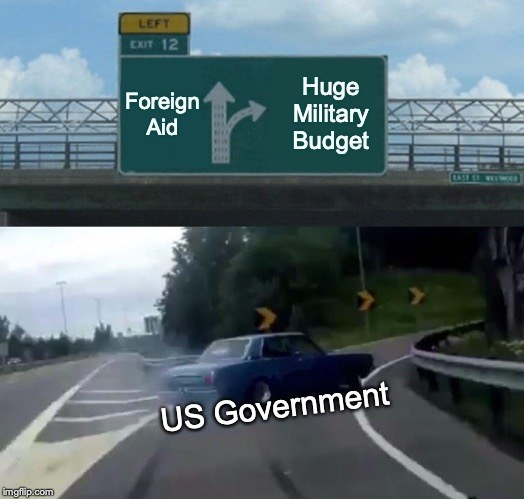
4. First, we need to eliminate poverty in the USA, then we can address global poverty.
Foreign aid is part of the US foreign policy, while addressing poverty within the US falls under the domestic policy. Therefore, the two interests do not compete with each other. If anything, addressing global poverty might even help reduce domestic poverty: As people escape poverty and have more funds available, new markets for US products open up which, naturally, has a positive impact on the US economy and leads to the creation of new jobs.
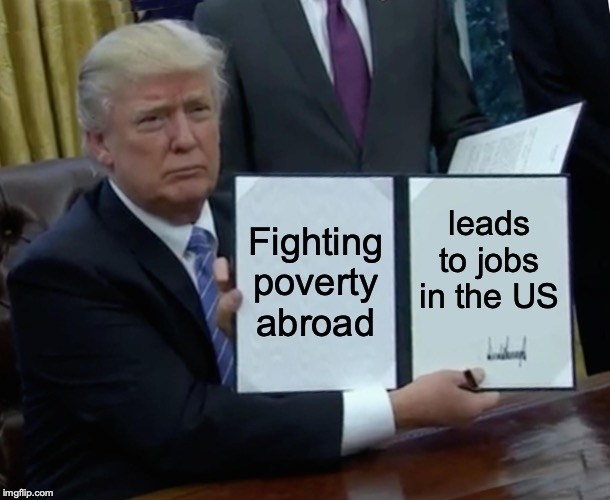
5. We shouldn't try to reduce child and mother mortality rates, there are already too many people in this world.
Wherever child mortality rates are high, birthrates are high. However, when parents know that their babies will make it to adulthood and when they have access to family planning, they have fewer children. This makes efforts aimed at reducing child mortality rates the most effective leverage in the fight against overpopulation.
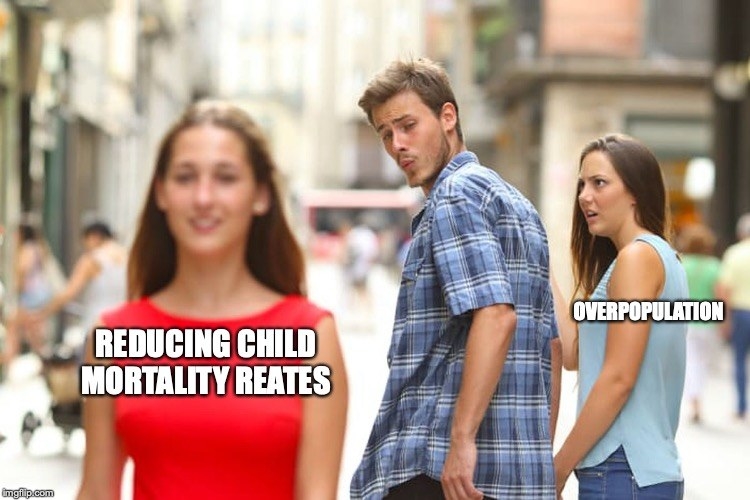
6. There isn’t enough food to provide for everyone on this planet.
Were food distributed fairly and efficiently, there would be more than enough food for everyone on this planet. In fact, we currently have about one and a half times the food needed to fill every single stomach in this world. Unfortunately, the bulk of it goes to biofuels and animal food rather than to the 1 billion hungry.


